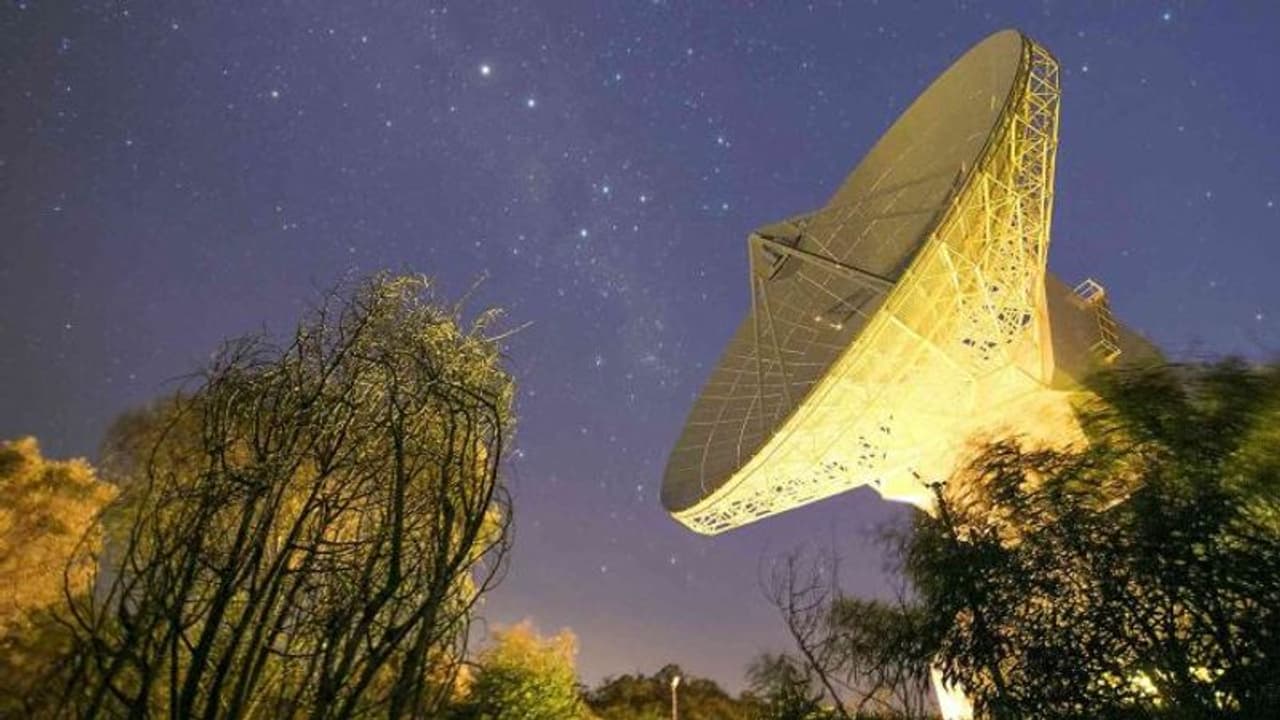International space agencies, including NASA and the ESA, have been collaborating to monitor India's Chandrayaan-3 lunar mission. Ground stations from across the globe play a pivotal role in tracking the spacecraft's health, communication, and success during its journey to the Moon. Girish Linganna explains
Ever since the Indian Space Research Organisation (ISRO) launched the Chandrayaan-3 on July 14, the US National Aeronautics and Space Administration (NASA) and the European Space Agency (ESA) ground stations have been helping in monitoring the health of the Indian Moon mission’s spacecraft. From the time Chandrayaan-3 was launched, the ESA has been providing assistance to the mission with assistance from two ground stations from the ESTRACK network. These stations are responsible for tracking the satellite’s orbital movements, collecting telemetry data from the spacecraft and transmitting it to the Mission Operations Centre (MOC) in Bengaluru.

Additionally, they are also relaying commands from Bengaluru to the satellite in flight, Ramesh Chellathurai, ground operations engineer at the European Space Operations Centre (ESOC) in Darmstadt, Germany, was quoted by a media house as saying.
The 15-metre antenna belonging to the ESA located in Kourou, French Guiana, along with the 32-metre antenna from the Goonhilly Earth Station in the UK, was chosen to provide such assistance. This selection was based on their technical capabilities and the times when they have a clear line of sight to the satellite.
These two stations have been in regular contact with the Chandrayaan-3, establishing a comprehensive communication link between the mission operations team in Bengaluru and the Chandrayaan-3 satellite.
The 35-metre deep space antenna in New Norcia, Australia, which is part of the ESTRACK network, has been configured to track and establish communication with the Lander Module as it undergoes the lunar descent phase.
During the descent, the New Norcia antenna will act as a backup to ISRO’s ground station. It will simultaneously receive data about the Lander Module’s condition, position and trajectory, running in parallel with the ISRO station. This telemetry will be utilized to verify the success of the landing. This backup assistance is standard practice during critical phases of a space mission, such as landing. Following a successful landing, the rover will transmit data through the Lander Module to the ground stations.
Kourou and Goonhilly will then receive the critical scientific data transmitted by the lander and, in turn, transmit it to the Bengaluru MOC.
NASA’s Deep Space Network, on its part, is helping out with tracking coverage and telemetry throughout the powered descent journey. Deep Space Stations DSS-36 and DSS-34 at the Canberra Deep Space Communications Complex, along with DSS-65 at the Madrid Deep Space Communications Complex, are carrying out this coverage.
Sami Asmar, customer interface manager at the Jet Propulsion Laboratory’s Interplanetary Network Directorate went on record saying, “We acquire telemetry from the spacecraft containing health and status data, along with instrument measurements, and transmit this information to ISRO almost instantly. Additionally, we continuously track the radio signal for the Doppler effect, a crucial navigation tool for the spacecraft. This information is of the utmost importance during the landing phase, providing real-time insights into the spacecraft’s performance.”
Asmar added that the main assistance for the mission was being provided by the DSN complex in California as it is positioned precisely on the opposite side of the Earth from India, allowing it to have a line-of-sight to the Moon when the Chandrayaan-3 is not visible from the station in India.
